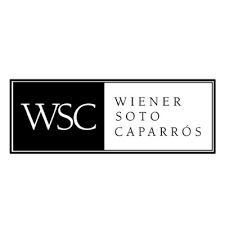Key Aspects of the Rural Land Law
Enacted in December 2011, Law No. 26,737 (the Protection of National Dominion over Ownership, Possession, or Tenancy of Rural Land Law) sought to regulate and restrict foreign ownership of rural land. Key provisions of the Rural Land Law included:
Limits on Foreign Ownership: No more than 15% of rural land in the entire nation could owned or possessed by foreign persons, including legal entities owned or controlled by foreign persons.
Nationality Quotas: Of the 15% nationwide, no more than 30% may be of the same nationality.
Limits on Landholding: The Rural Land Law identified certain geographic “core zones†(areas like Argentina’s famed Pampa Húmeda that are critical to food supply) and limited ownership by individual foreign persons to 1,000 hectares in the relevant core zone.
Border and Water Resource Restrictions: No foreign person could own or possess coastal lands, property located along a national border, or property adjacent to or above a large water body.
Over the years, the Rural Land Law underwent several changes, tending to be more restrictive under some governments and less restrictive under others, depending on their outlook toward foreign direct investment.
Nevertheless, for over 12 years the law has discouraged investment in rural Argentina and prompted complex corporate and financial structures to satisfy the law.


